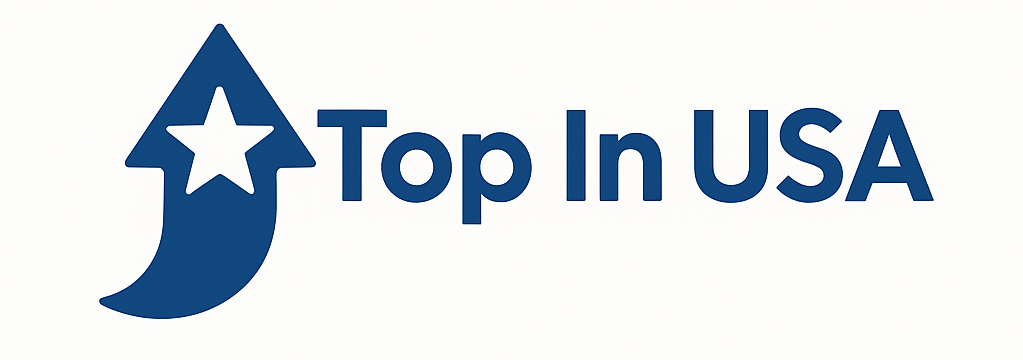We’re increasingly surrounded by intelligent IoT gadgets, which have change into a vital part of our lives and iTagPro smart tracker an integral element of enterprise and industrial infrastructures. iTagPro smart tracker watches report biometrics like blood stress and heartrate; sensor hubs on lengthy-haul trucks and delivery vehicles report telemetry about location, engine and cargo well being, and itagpro bluetooth driver conduct; sensors in good cities report visitors flow and unusual sounds; card-key access gadgets in corporations observe entries and exits within companies and factories; cyber brokers probe for unusual conduct in massive community infrastructures. The list goes on. How are we managing the torrent of telemetry that flows into analytics programs from these devices? Today’s streaming analytics architectures usually are not geared up to make sense of this quickly changing information and react to it as it arrives. The perfect they’ll normally do in actual-time utilizing common goal instruments is to filter and look for patterns of curiosity. The heavy lifting is deferred to the again office. The following diagram illustrates a typical workflow.
Incoming information is saved into knowledge storage (historian database or log store) for question by operational managers who should attempt to find the highest precedence issues that require their attention. This information can also be periodically uploaded to a knowledge lake for offline batch evaluation that calculates key statistics and looks for massive trends that can help optimize operations. What’s lacking in this image? This architecture doesn’t apply computing resources to track the myriad knowledge sources sending telemetry and constantly look for issues and alternatives that need fast responses. For example, if a well being tracking device signifies that a particular person with known well being situation and medications is prone to have an impending medical subject, this particular person needs to be alerted within seconds. If temperature-delicate cargo in a long haul truck is about to be impacted by an erratic refrigeration system with recognized erratic habits and repair history, the driver needs to be knowledgeable immediately.
 If a cyber community agent has noticed an unusual sample of failed login attempts, it needs to alert downstream network nodes (servers and routers) to block the kill chain in a possible attack. To handle these challenges and countless others like them, we need autonomous, deep introspection on incoming knowledge as it arrives and instant responses. The technology that can do that is known as in-reminiscence computing. What makes in-memory computing distinctive and iTagPro smart tracker highly effective is its two-fold ability to host quick-altering knowledge in reminiscence and run analytics code inside a few milliseconds after new information arrives. It will possibly do that simultaneously for tens of millions of devices. Unlike guide or automated log queries, in-memory computing can constantly run analytics code on all incoming data and instantly discover issues. And it could actually maintain contextual details about each knowledge source (just like the medical history of a device wearer or the upkeep historical past of a refrigeration system) and keep it immediately at hand to reinforce the analysis.
If a cyber community agent has noticed an unusual sample of failed login attempts, it needs to alert downstream network nodes (servers and routers) to block the kill chain in a possible attack. To handle these challenges and countless others like them, we need autonomous, deep introspection on incoming knowledge as it arrives and instant responses. The technology that can do that is known as in-reminiscence computing. What makes in-memory computing distinctive and iTagPro smart tracker highly effective is its two-fold ability to host quick-altering knowledge in reminiscence and run analytics code inside a few milliseconds after new information arrives. It will possibly do that simultaneously for tens of millions of devices. Unlike guide or automated log queries, in-memory computing can constantly run analytics code on all incoming data and instantly discover issues. And it could actually maintain contextual details about each knowledge source (just like the medical history of a device wearer or the upkeep historical past of a refrigeration system) and keep it immediately at hand to reinforce the analysis.
While offline, huge data analytics can provide deep introspection, they produce answers in minutes or iTagPro smart tracker hours as a substitute of milliseconds, so they can’t match the timeliness of in-reminiscence computing on stay knowledge. The next diagram illustrates the addition of real-time machine tracking with in-memory computing to a standard analytics system. Note that it runs alongside current parts. Let’s take a closer take a look at today’s conventional streaming analytics architectures, which might be hosted within the cloud or ItagPro on-premises. As proven in the following diagram, a typical analytics system receives messages from a message hub, equivalent to Kafka, which buffers incoming messages from the data sources till they are often processed. Most analytics techniques have event dashboards and perform rudimentary actual-time processing, which may embrace filtering an aggregated incoming message stream and extracting patterns of curiosity. Conventional streaming analytics techniques run both manual queries or automated, log-primarily based queries to determine actionable events. Since big information analyses can take minutes or hours to run, they are typically used to look for massive developments, just like the fuel effectivity and on-time delivery price of a trucking fleet, instead of rising points that need instant attention.
![]() These limitations create a possibility for actual-time system tracking to fill the hole. As proven in the next diagram, an in-memory computing system performing actual-time machine tracking can run alongside the opposite components of a conventional streaming analytics resolution and provide autonomous introspection of the information streams from every system. Hosted on a cluster of bodily or virtual servers, it maintains memory-based state information about the historical past and dynamically evolving state of each information source. As messages move in, the in-reminiscence compute cluster examines and analyzes them separately for every knowledge source utilizing software-defined analytics code. This code makes use of the device’s state info to assist identify emerging issues and trigger alerts or feedback to the machine. In-memory computing has the speed and scalability wanted to generate responses within milliseconds, ItagPro and it could actually consider and report aggregate tendencies every few seconds. Because in-memory computing can store contextual information and process messages separately for each information supply, it can organize software code utilizing a software program-primarily based digital twin for each system, as illustrated in the diagram above.
These limitations create a possibility for actual-time system tracking to fill the hole. As proven in the next diagram, an in-memory computing system performing actual-time machine tracking can run alongside the opposite components of a conventional streaming analytics resolution and provide autonomous introspection of the information streams from every system. Hosted on a cluster of bodily or virtual servers, it maintains memory-based state information about the historical past and dynamically evolving state of each information source. As messages move in, the in-reminiscence compute cluster examines and analyzes them separately for every knowledge source utilizing software-defined analytics code. This code makes use of the device’s state info to assist identify emerging issues and trigger alerts or feedback to the machine. In-memory computing has the speed and scalability wanted to generate responses within milliseconds, ItagPro and it could actually consider and report aggregate tendencies every few seconds. Because in-memory computing can store contextual information and process messages separately for each information supply, it can organize software code utilizing a software program-primarily based digital twin for each system, as illustrated in the diagram above.

